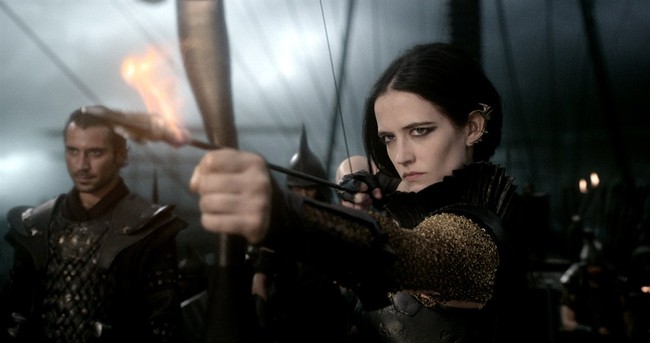“I want to make the last rock ’n’ roll album you’re ever going to need to hear.” It was a bold ambition for a musician still in his 20s, someone who had experienced only limited success. But as music journalist Peter Ames Carlin tells it, this was Bruce Springsteen’s goal when he set out to record one of the most iconic albums in rock history.
Carlin’s “Tonight in Jungleland: The Making of ‘Born to Run,’” marks the 50th anniversary of the album’s release and unpacks the stories behind its extraordinary success. Carlin made the most of his remarkable access to Springsteen’s bandmates, producer, agent – and The Boss himself.
The book includes the stories behind the songs – the musical and personal struggles that brought each cut into focus as the young band leader demanded excellence from his musicians, and even more from himself. And it demonstrates how immersion in music helped Springsteen escape from a troubled home life and his emotionally abusive father.
Why We Wrote This
It is easy to assume that iconic rock ’n’ roll albums spring fully formed from the mind of the songwriter. The reality is more complex. Hard work, collaboration, and excellent word of mouth vaulted Bruce Springsteen’s 1975 “Born to Run” to popular success.
In the process, Springsteen created a record that captured the heart of an era, an album that has since become a certified, seven-time platinum recording. Kind of hard to believe it almost didn’t happen.
In the early 1970s, Columbia Records had signed Springsteen to a three-record contract. After lackluster sales of his first two albums, “Greetings From Asbury Park, N.J.” and “The Wild, the Innocent & the E Street Shuffle,” executives had placed him on the short list of artists they would likely drop. The production of a third album would fulfill their contractual obligation, but they offered little support. In fact, they actively tried to subvert the project.
Carlin tells how Columbia reps would visit record stores and, if they spotted either of Springsteen’s two albums, they would offer store owners a swap. They’d trade those records for ones just released by a rising musician they expected to be the next big thing. His name was Billy Joel.
Part of the commercial challenge was that no one knew how to categorize Springsteen’s music. As Carlin describes it, Springsteen was “A Dylan-esque singer-songwriter fronting a rock band that played rhythm & blues and jazz with the velocity of punk rock.” That didn’t fit into any music-industry columns, and certainly not into the standard radio formats.
But Springsteen’s manager, Mike Appel, saw that when people experienced the music, they got hooked. It spoke to them. They identified with the stories. But at that point, wide swaths of the country didn’t even know Springsteen’s name.
Carlin tells how Appel mailed bootleg tapes to radio stations across the country. As DJs provided airtime, word spread, and additional stations requested their own copies. When this all came to the attention of Columbia executives, Appel weathered the verbal abuse that followed. He now had their attention.
But corporate apathy wasn’t the project’s only encumbrance. Chapters devoted to individual songs – “Meeting Across the River,” “Tenth Avenue Freeze-Out,” “Thunder Road” – reveal both the inspiration as well as the prolonged struggles involved.
It is an album in which the stories are as important as the music, and the author points out the thread that runs through each. They’re all about variations of the same character: “The young but battered hero who finds himself held back by someone else’s rules, someone else’s strictures.” But each time, the hero breaks out.
The story reflects Springsteen’s own life.
He spent a year and a half writing, revising, recording, and rerecording the album, guided by an intuitive sense of what he was seeking, and knowing it wasn’t anything he had heard before. To create it, he knew he needed to bring together the right musicians.
Carlin quotes an interview that Springsteen gave in 1974, in which he said it was never his intention to assemble a band of musicians who would simply play in the background. He wanted to put together a group of remarkable artists and give each of them the freedom to play.
“Born to Run” brought together musicians whose names have become synonymous with Springsteen’s work, including Clarence Clemons, Danny Federici, and David Sancious. Max Weinberg found his way into the band after he responded to a “Musicians wanted” ad that Springsteen ran in The Village Voice.
Springsteen’s old friend Steven Van Zandt stepped in for two cuts, including writing new horn arrangements for “Meeting Across the River.” Van Zandt created the changes on the spot in the recording studio after hearing the first version. He seemed oblivious to the fact that the musicians hired for that song were Randy and Michael Brecker, first-call jazz musicians unaccustomed to such criticism. But even they agreed that Van Zandt’s arrangements captured a quality that had been missing. Such spontaneity and a quest for excellence infused the whole project.
When it was released, “Born to Run” captured the voice of a generation that was disillusioned by Watergate and the Vietnam War. Listeners found in the stories a sense of hope and a way forward. The response quickly spread across the music world, catapulting the musician into cultural-icon status, a place he never intended to be. And, as Carlin recounts, the album’s extraordinary commercial success resulted in backlash and inevitable charges of selling out. In true Springsteen style, the musician didn’t let it stop him.
You don’t have to be a Springsteen fan or even a rock music fan to appreciate this book. It reads like a novel, shining a light on the power of authenticity.













